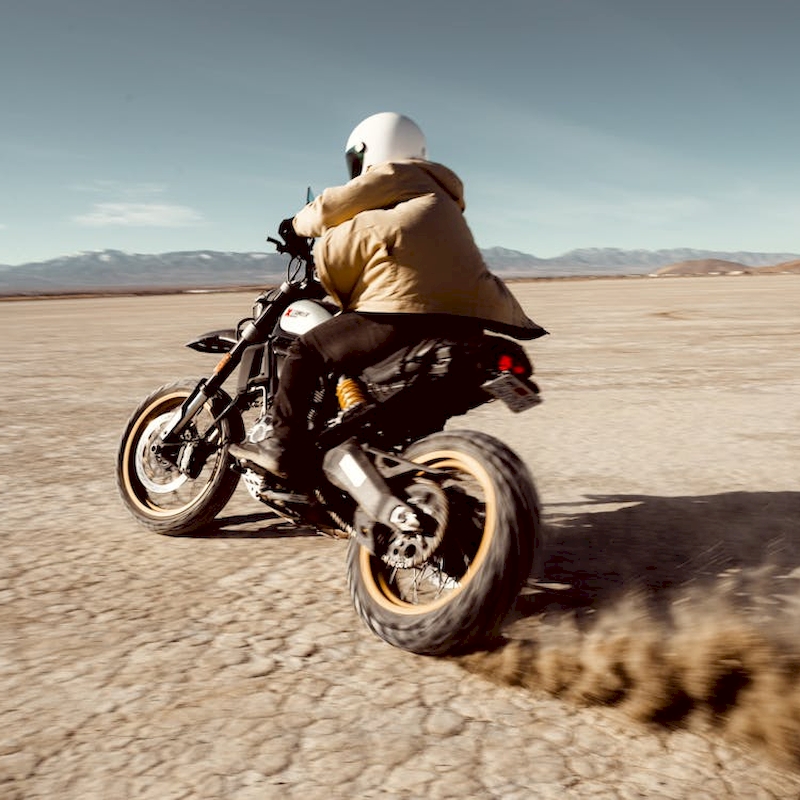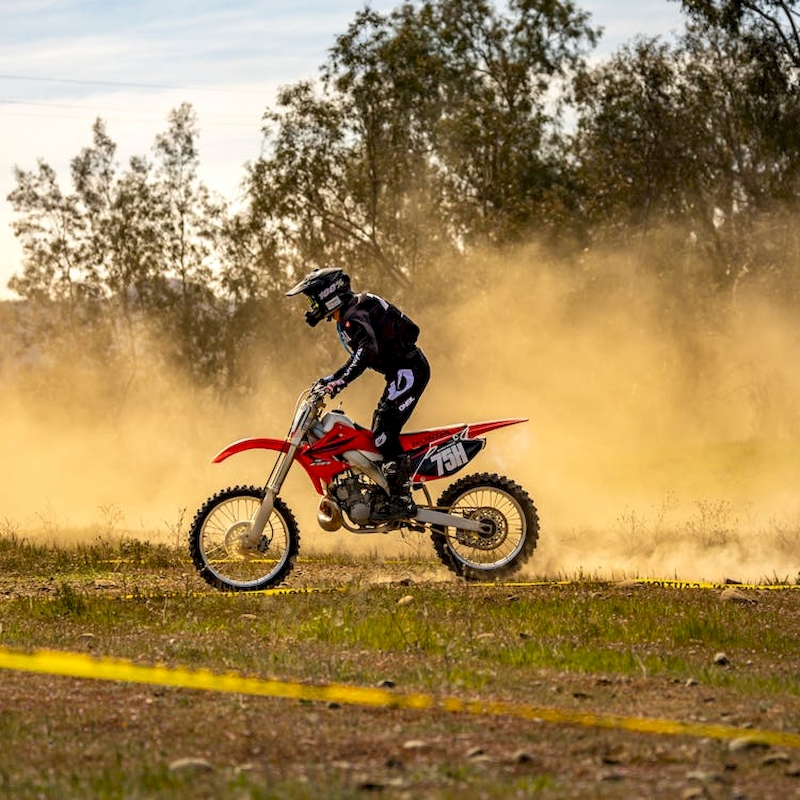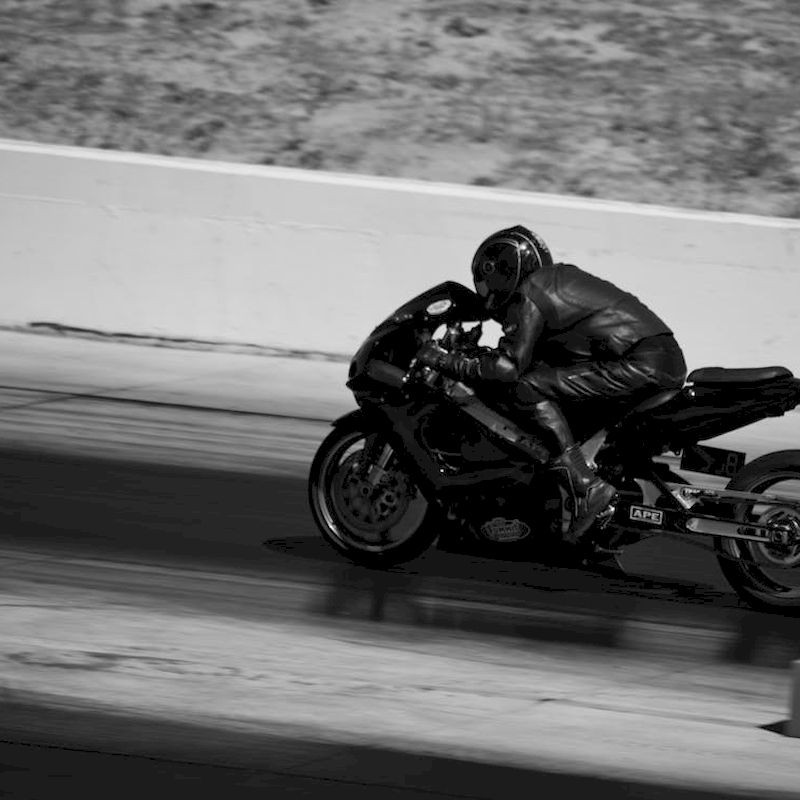Starting your motorcycle can occasionally become a challenge, particularly when the battery drains or there are electrical issues. Whether you’ve left your lights on too long or your battery has simply reached the end of its life, knowing how to jump start a motorcycle is essential for all riders. In this article, we will walk you through the entire process step by step, ensuring you understand not just the ‘how,’ but also the ‘why’ behind each technique. We’ll cover the tools you need, safety precautions, best practices, and troubleshooting tips. So, let’s rev up your knowledge and make sure you’re always prepared for those unexpected moments when your motorcycle refuses to start.

Understanding Motorcycle Batteries
Before diving into the techniques on how to jump start a motorcycle, it’s crucial to understand the motorcycle battery itself. Most motorcycles use a lead-acid battery or a lithium-ion battery. Each type has various characteristics that may affect how you handle jump-starting procedures.
Lead-acid batteries are the most common and have been used for decades. They are reliable but can be susceptible to damage if fully drained. On the other hand, lithium-ion batteries are lighter and have a higher energy density, providing more starting power but requiring special handling to ensure safety.
Both types of batteries need to be maintained properly for optimal performance. Regular checks of the battery terminals for corrosion and ensuring a charge as needed can prevent many issues that lead to a dead motorcycle. Being knowledgeable about your motorcycle’s specific battery type can help you better understand how to jump start it when necessary.
Safety Precautions Before Attempting
Safety should always be your number one priority, especially when dealing with electrical components. Here are crucial safety measures to take before attempting to jump start your motorcycle:
- Wear protective gear: Always wear gloves, eye protection, and a long-sleeved shirt. This protects you from potential sparks and harmful battery acid.
- Check surroundings: Ensure you’re in a well-ventilated area away from flammable substances. This is important since batteries can emit hydrogen gas.
- Inspect the battery: Look for any signs of damage before starting. Cracks, leaks, or corrosion can make the jump-starting process risky.
- Use quality cables: Ensure your jumper cables are in good condition, with intact insulation and functional clamps.
- Position vehicles safely: Make sure the vehicles involved in the jump start are parked safely with their engines off. This prevents any accidental starts while connecting the cables.
Required Tools and Equipment
Jump starting a motorcycle requires specific tools that ensure the process is efficient and safe. Here are the essential items you’ll need:
- Jumper cables: Good quality, heavy-duty cables with clamps that fit securely onto terminal posts.
- A functioning vehicle or portable jump starter: You can use another vehicle with a working battery or a portable jump starter. Ensure it’s compatible with the voltage of your motorcycle.
- Safety gear: As mentioned before, gloves and eye protection are non-negotiable.
- Battery terminal cleaner: This can help clean any corrosion buildup on the battery terminals.
With these tools in hand, you’re ready to get started. Let’s explore the process of jump starting your motorcycle in detail.

Step-by-Step Guide: How to Jump Start a Motorcycle
Jump starting a motorcycle involves a systematic approach to ensure that both vehicles’ electrical systems are handled carefully. Here’s a detailed guide on how to jump start a motorcycle effectively:
Connecting Jumper Cables
- Identify battery terminals: Locate the positive (+) and negative (-) terminals on both your motorcycle battery and the donor battery. It’s crucial not to confuse them, as connecting them incorrectly can cause serious damage.
- Attach the positive clamp: Begin by connecting one end of the red cable to the positive terminal of the dead motorcycle battery, and the other end to the positive terminal of the donor battery.
- Connect the negative clamp: Take the black cable and connect one end to the negative terminal of the donor battery. The other end should be attached to an unpainted metal surface on the motorcycle frame or engine block, ideally at a distance from the battery. This reduces the risk of sparks around the battery.
Starting the Motorcycle
- Start the donor vehicle: If you’re using another vehicle, start the engine and let it idle for a few minutes. This will allow the donor battery to transfer charge to the dead battery.
- Attempt to start the motorcycle: Now go back to your motorcycle and try to start it. Do not crank the engine for more than 5 to 10 seconds before pausing; give it a minute or so before trying again if it doesn’t start.
- Monitor indicators: Watch for any warning lights or abnormal sounds during the process. If something seems off, stop immediately and investigate.
After Successful Start
If your motorcycle starts successfully, congratulations! Here are the next steps:
- Careful disconnection: First, remove the negative clamp from the motorcycle followed by the negative clamp on the donor vehicle. Next, disconnect the positive cables in reverse order: remove the positive clamp from the donor vehicle and then from the motorcycle.
- Let it run: Keep your motorcycle running for at least 15 to 20 minutes. This time allows the battery to recharge adequately.
- Battery maintenance: Inspect your motorcycle battery. If this becomes a recurring problem, consider looking into battery health or replacements. Sometimes, jump starting can point to deeper issues that might require professional attention.
Common Issues and Troubleshooting Tips
Despite having the best intentions and following the above steps, you may still encounter challenges. Here are some common issues riders face during jump starting and how to troubleshoot each scenario:
The Motorcycle Won’t Start at All
If you’ve followed all steps, and your motorcycle still won’t start, it could be due to several reasons:
- Completely dead battery: If the battery is excessively drained, it may not hold a charge. Consider battery replacement in this case.
- Faulty electrical connections: Double-check the battery terminals to ensure they’re clean and secure. Corroded or loose connections can prevent a successful jump.
- Starter issues: A faulty starter motor or solenoid can also keep your motorcycle from starting. Listen for any clicking sounds when attempting to start it.
Sparks or Unexpected Sounds
If you see sparks or hear unusual noises while jump starting:
- Disconnect immediately: First and foremost, disconnect the jumper cables immediately.
- Reassess connections: Ensure that the cables are properly connected and not touching each other. Misconnections can lead to sparks.
Battery Overheating
If you notice the battery overheating during the jump start:
- Stop the jump start: Disconnect the cables immediately to avoid any further risks.
- Inspect the battery: Look for signs of swelling or leakage. If you find serious damage, consider replacing the battery completely.
Regular Maintenance for Your Motorcycle Battery
A dead motorcycle battery can be avoided with proper maintenance. Here are some maintenance tips to ensure your battery stays healthy:
- Keep it clean: Regularly clean the battery terminals using a wire brush to maintain good connections.
- Check the charge: Use a multimeter to check the battery voltage. A healthy motorcycle battery should read around 12.6 to 12.8 volts when fully charged.
- Avoid short trips: Frequent short rides can lead to battery drain since the battery may not have enough time to recharge.
- Store it properly: If you’re not riding for an extended period, consider removing the battery and storing it in a cool, dry place.

Conclusion
Knowing how to jump start a motorcycle isn’t just a useful skill; it’s essential for any rider. This comprehensive guide has provided you with insight into the right tools, safety precautions, and the step-by-step process necessary to successfully revive a dead battery. Additionally, we explored troubleshooting methods for common issues and highlighted the importance of proper battery maintenance. As you ride, remember that a little preparation can save you lots of headaches on the road. Always ensure your battery is in good condition, and have the necessary equipment on hand. With these skills in your toolkit, you can confidently tackle any starting problems and get back to enjoying the ride.